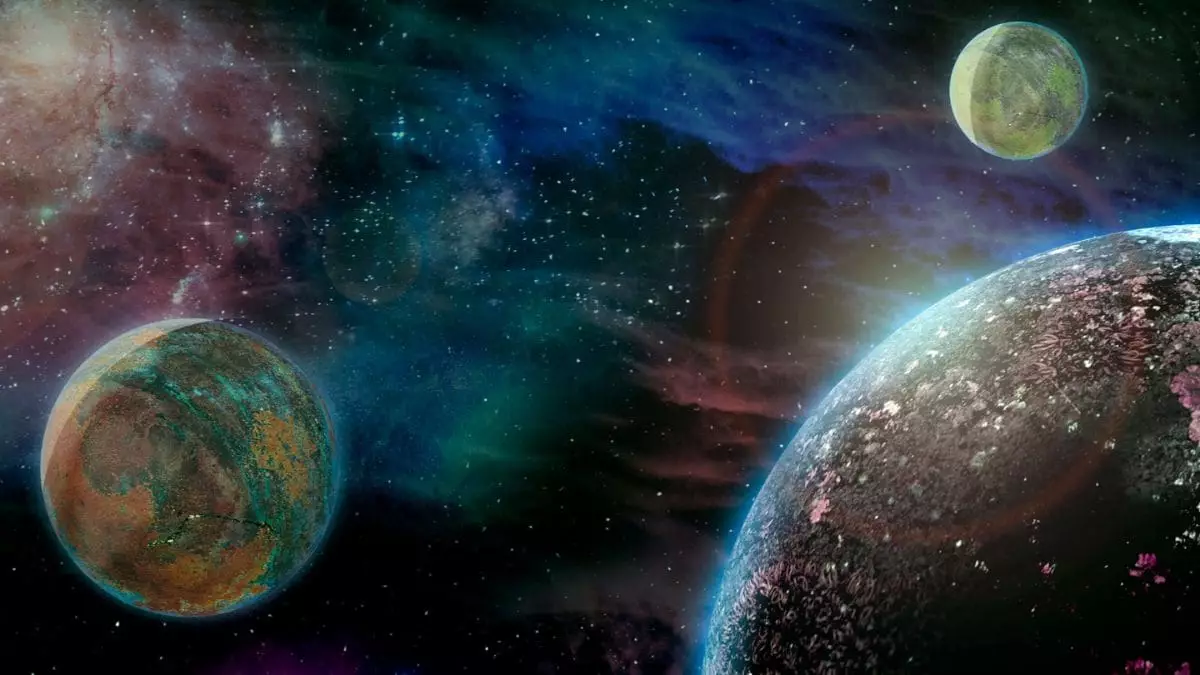For decades, the cosmos has held onto its secrets tightly, but recent developments in astrophysics have begun to peel back layers of this grand enigma. Scientists have harnessed the phenomena of fast radio bursts (FRBs) to pinpoint the elusive baryonic matter that previously slipped through the cracks of our understanding. This matter, the building blocks birthed in the immediate aftermath of the Big Bang, offers a breathtaking glimpse into the composition of the universe as we know it. Just when we thought we had a handle on our celestial abode, these FRBs have shattered assumptions and opened new avenues of exploration.
The Cosmic Lighthouse
FRBs are like cosmic lighthouses, flashing across the universe with radiant energy that allows astronomers to pierce through the fabric of space-time. With the extraordinary capabilities of instruments like Caltech’s Deep Synoptic Array and Australia’s ASKAP, researchers have traversed the limits of proximity to explore the vast expanses between galaxies. In essence, these configurations allow for the exploration of areas that have been largely neglected in past astronomical pursuits—mapping the baryonic matter that is woefully underappreciated, yet fundamental to shaping the visible universe.
The groundbreaking data reveals that an astonishing 76 percent of baryonic matter exists in intergalactic spaces, while only a fraction remains within the confines of our own galaxies. This offers not only a shift in our understanding of the universe’s architecture but also a robust methodology for assessing how galaxies evolve over immense spans of time.
A New Age in Radio Astronomy
The implications of this discovery extend beyond mere academic curiosity. The advancement in radio astronomy signals a new era of exploration and understanding of the universe around us. Caltech’s DSA-2000 radio array is set to detect upwards of 10,000 FRBs annually, potentially revolutionizing our comprehension of the cosmic tapestry. Each FRB captured is like a beckoning finger, guiding researchers toward the answers to deep-seated questions about cosmic structure and galactic formation.
Such revelations spur not just scientific curiosity but invite a philosophical inquiry into our place in the universe. What does it mean to understand the very matter that fuels the stars and shapes galaxies? Each scientific triumph brings with it an existential reflection—a potential shift in our view of reality as interconnected, rather than isolated realms of existence.
The Misunderstood Matter
However, while this discovery is undoubtedly monumental, one must not overlook the hurdles still to be tackled. The particles we are now trying to quantify are interacting with us at a level too obscure—too rarefied—creating a paradox of knowing and not knowing simultaneously. The more we learn, the more intricate the questions become, leading to further exploration without definitive answers.
In this light, it is imperative that emerging research and technologies do not descend into a quagmire of misinterpretation; it is easy to romanticize these cosmic phenomena without truly grasping their complexity. We stand at the forefront of a universe expanding both physically and intellectually, responsible for crafting narratives that encapsulate both wonder and caution.
As scientists continue to explore this cosmic quilt, it becomes abundantly clear that our pursuit of knowledge is not merely a scientific endeavor but a deeply philosophical journey into the heart of what it means to exist in a vast, interconnected universe.

Leave a Reply